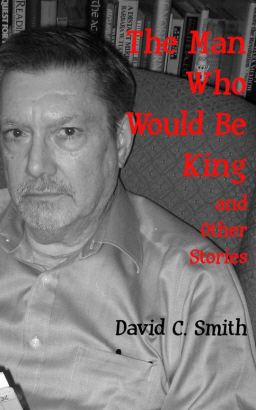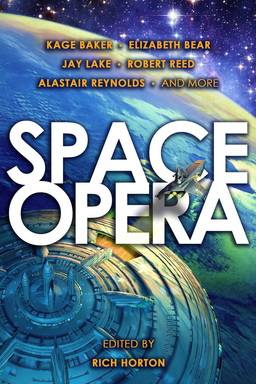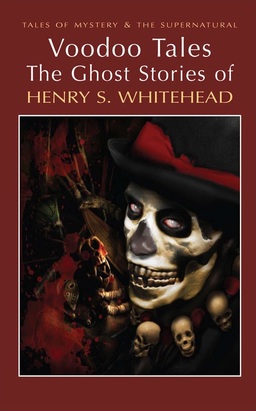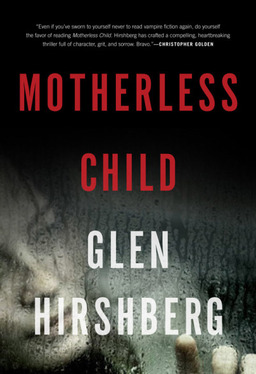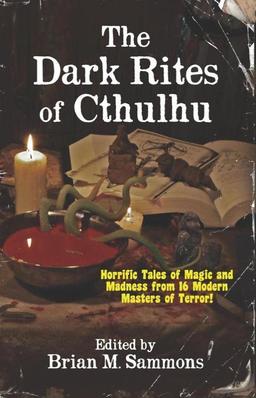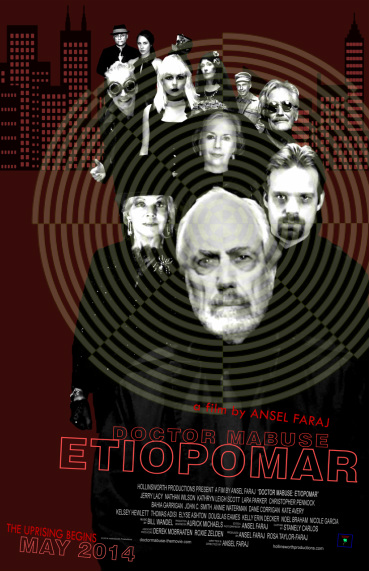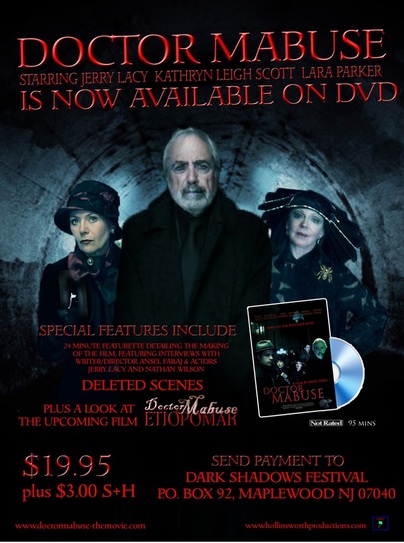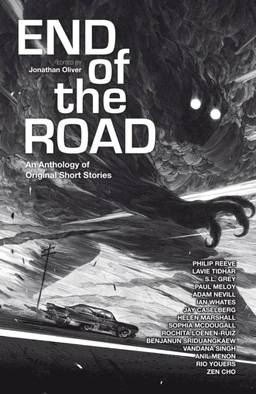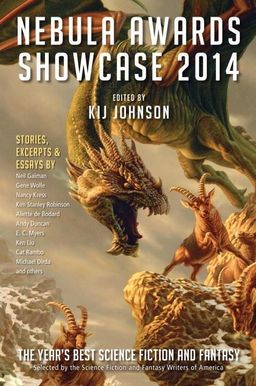New Treasures: The Best Science Fiction and Fantasy of the Year Volume 8, edited by Jonathan Strahan
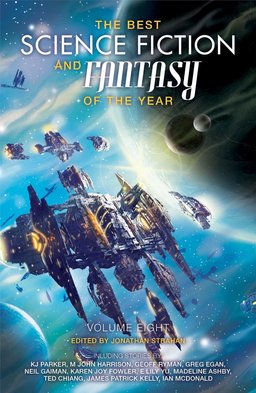 Hurrah! The Best Science Fiction and Fantasy of the Year Volume 8 is in the house.
Hurrah! The Best Science Fiction and Fantasy of the Year Volume 8 is in the house.
You’d think that after seven outstanding previous volumes, one more would be a slam dunk. But no. There was drama. The original publisher was in peril and no one knew if there would be an eighth. Well, maybe somebody knew, but it wasn’t me. And I’m the one with 9 column inches to fill every day.
At length, cooler heads prevailed and Volume 8 reappeared on the schedule from a new publisher, Solaris Books. It’s been redesigned so it looks slightly funky standing next to the uniform previous volumes, like a red-headed stepchild at a family reunion. But looks aren’t important to us here at Black Gate, which explains our love for Paul Giamatti and five dollar haircuts.
Well, enough superficiality. What’s in the book?
28 stories by some of the best writers at work in the field today, including multiple Hugo and Nebula award nominees — such as “Selkie Stories are for Losers” by Sofia Samatar (Hugo and Nebula nominee), “The Truth of Fact, the Truth of Feeling,” by Ted Chiang (Hugo), and “The Ink Readers of Doi Saket,” by Thomas Olde Heuvelt (Hugo). See the complete table of contents in our previous article.
(And while we’re on the topic of Hugos, editor Strahan is on the ballot this year for Best Professional Editor, Short Form. You go, Jonathan! We’ve got ten bucks on you, buddy.)
Strahan’s Best of the Year volumes include both SF and fantasy, and year after year are some of the best values in the industry. If you’re not reading them, you’re missing out on some of the finest new writing in the field.
The Best Science Fiction and Fantasy of the Year Volume 8 was edited by Jonathan Strahan and published by Solaris on May 13, 2014. It is 614 pages, priced at $19.99 in paperback and $7.99 for the digital edition. We last covered Strahan’s The Best Science Fiction and Fantasy of the Year with Volume 7.
